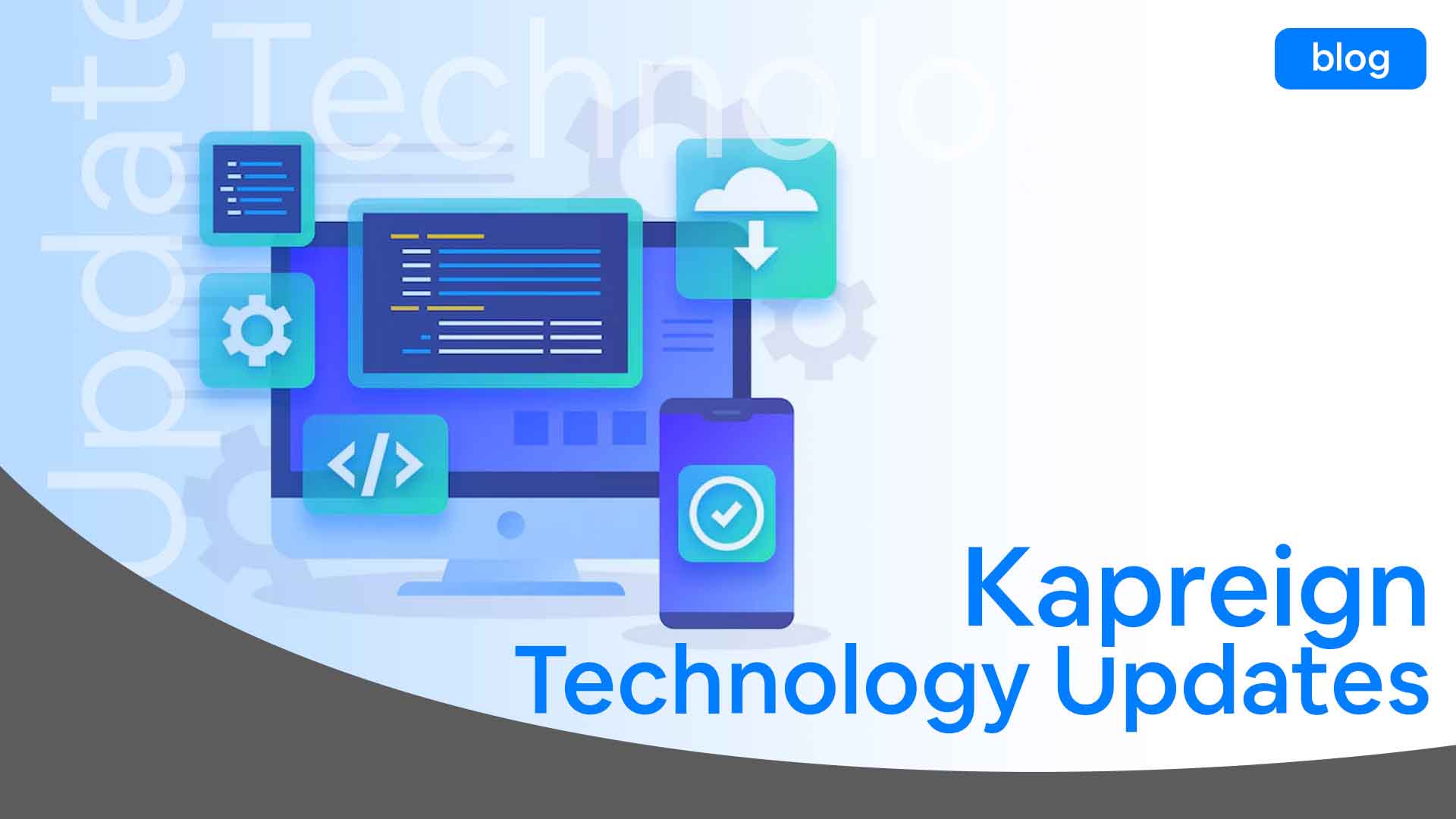The rapid evolution of technology has paved the way for exciting advancements, one of which is the integration of the Internet of Things (IoT) with web and mobile applications. This fusion opens up a world of possibilities, offering both opportunities and challenges for businesses looking to harness the power of interconnected devices. Kapreign, a leading web and mobile app development company in Kerala, delves into the realm of IoT integration to explore the potential benefits and obstacles in this blog post.
Opportunities of Integrating IoT with Web and Mobile Apps:
1. Enhanced User Experience: By incorporating IoT capabilities into web and mobile applications, businesses can create personalized and interactive experiences for their users. From smart homes to connected cars, IoT-enabled apps offer seamless control and monitoring features that elevate the overall user experience.
2. Data-driven Insights: IoT devices generate a vast amount of data that can be leveraged to gain valuable insights. By integrating IoT with web and mobile apps, businesses can collect and analyze real-time data to make informed decisions, optimize operations, and even predict future trends.
3. Automation and Efficiency: IoT integration enables automation of processes, leading to increased efficiency and productivity. Web and mobile apps can communicate with IoT devices to trigger actions automatically, streamlining workflows and reducing manual intervention.
4. Business Innovation: Embracing IoT opens up avenues for innovation and new revenue streams. By developing IoT-enabled applications, businesses can tap into emerging markets, launch innovative products and services, and stay ahead of the competition in the digital landscape.
Challenges of Integrating IoT with Web and Mobile Apps:
1. Security Concerns: With the proliferation of connected devices, security remains a top concern. IoT integration introduces new vulnerabilities that can be exploited by cybercriminals. Ensuring robust cybersecurity measures in web and mobile apps is crucial to safeguard sensitive data and protect user privacy.
2. Interoperability Issues: IoT devices come in various shapes, sizes, and communication protocols, posing challenges in interoperability. Integrating diverse IoT devices with web and mobile applications requires careful planning to ensure seamless connectivity and data exchange.
3. Scalability and Maintenance: Managing a network of interconnected IoT devices and applications at scale can be complex. Businesses need to consider scalability and maintenance aspects while integrating IoT with web and mobile apps to ensure smooth operation and future growth.
4. Regulatory Compliance: The evolving regulatory landscape surrounding IoT data privacy and security adds complexity to integration efforts. Businesses must adhere to data protection laws and industry regulations to avoid legal repercussions and maintain trust with stakeholders.
Conclusion:
As IoT continues to transform industries and redefine the way we interact with technology, integrating it with web and mobile apps presents a wealth of opportunities for businesses to innovate, streamline operations, and enhance user experiences. However, navigating the challenges associated with IoT integration requires a strategic approach, robust security measures, and a focus on scalability and compliance. By leveraging the expertise of a reliable web and mobile app development partner like Kapreign, businesses can unlock the full potential of IoT integration and stay ahead in the digital age.
To learn more about cutting-edge technologies and industry trends in web and mobile app development, visit [Kapreign’s blog](https://www.kapreign/blogs) for insightful articles and updates.


Leave a Reply